News Desk
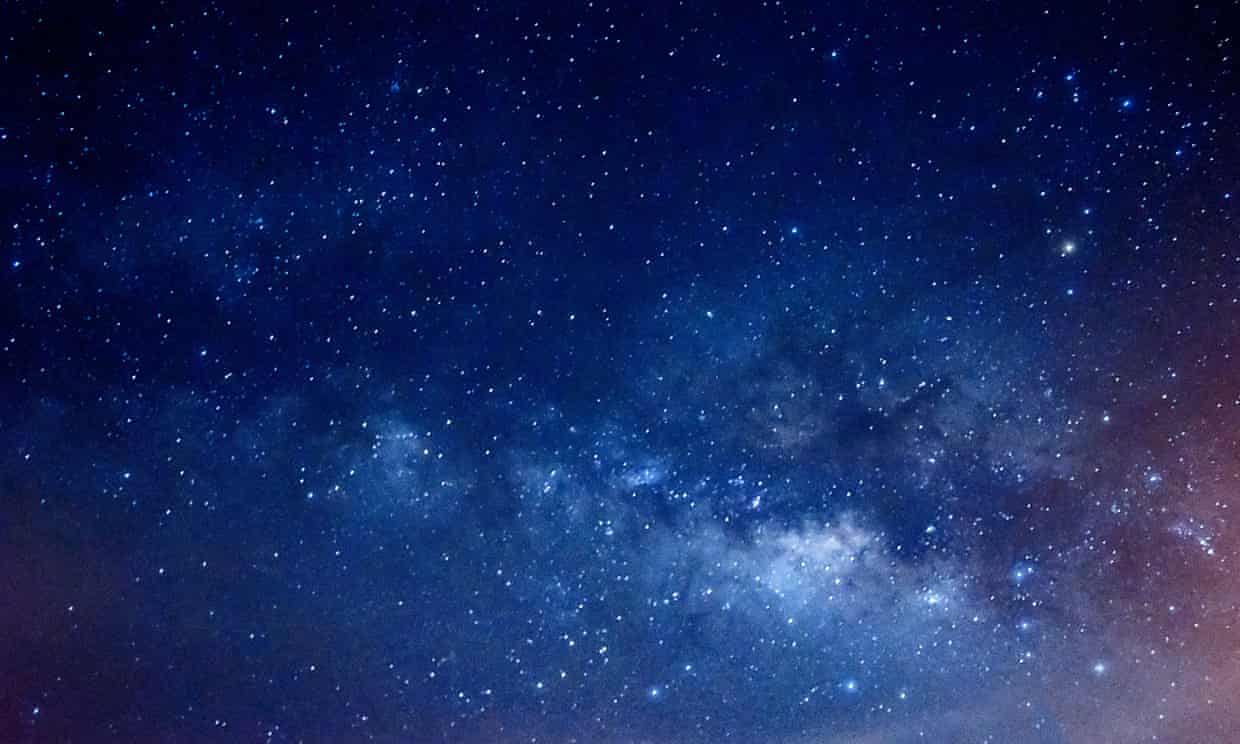
The increased use of light-emitting diodes is obscuring our view of the Milky Way as well as taking a toll on human and wildlife health.
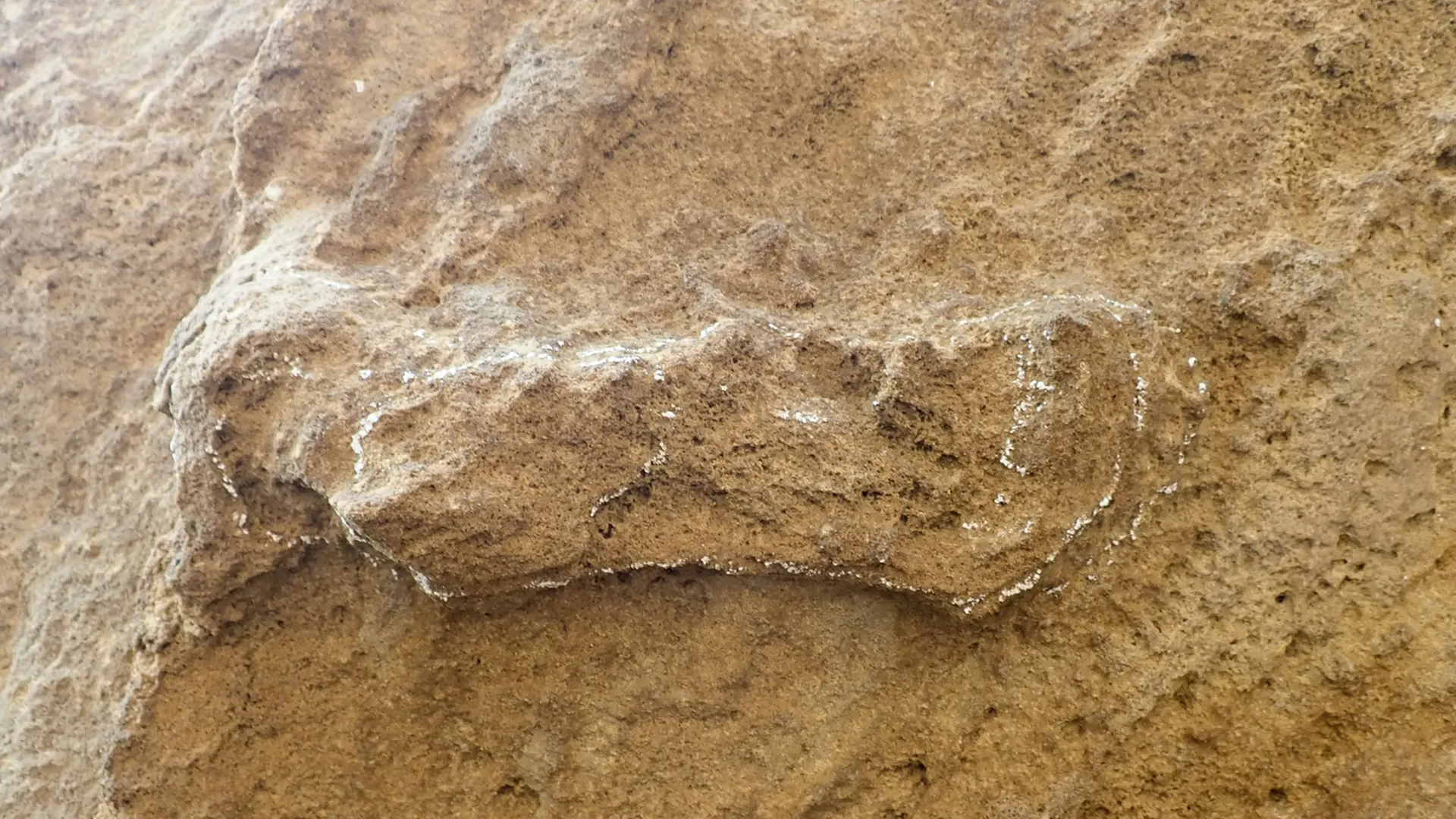
In an article published April 25 in the journal Ichnos, an international team of researchers used optically-stimulated luminescence (OSL) to figure out when the impressions were made.
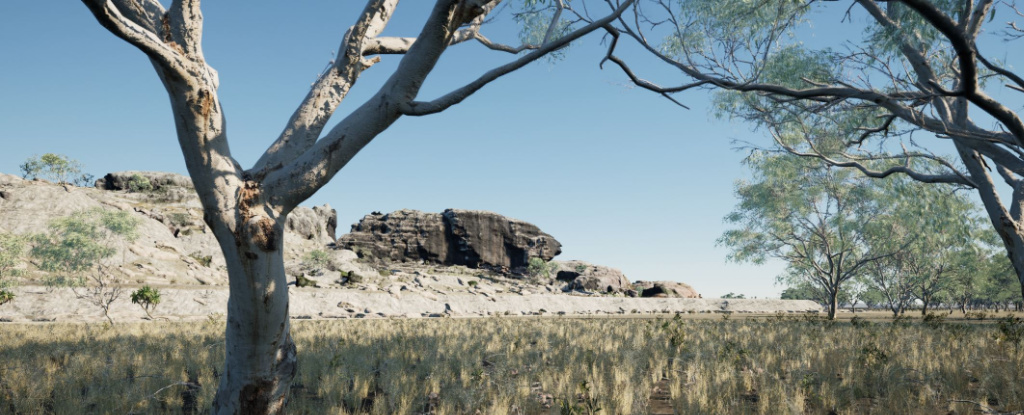
Archaeologists have mapped a hidden landscape where Australia’s first people made inroads more than 60,000 years ago. The study was published in PLOS One.

The psychedelic substances 5-MeO-DMT causes a long-lasting increase in the number of tiny protrusions called dendritic spines in the brain, according to new research published in Neuropsychopharmacology.

More than 5,000 undescribed animal species have been discovered in the depths of a massive “pristine wilderness” in the Pacific Ocean, a new study shows. But researchers warn they could soon be wiped out by deep-sea mining.
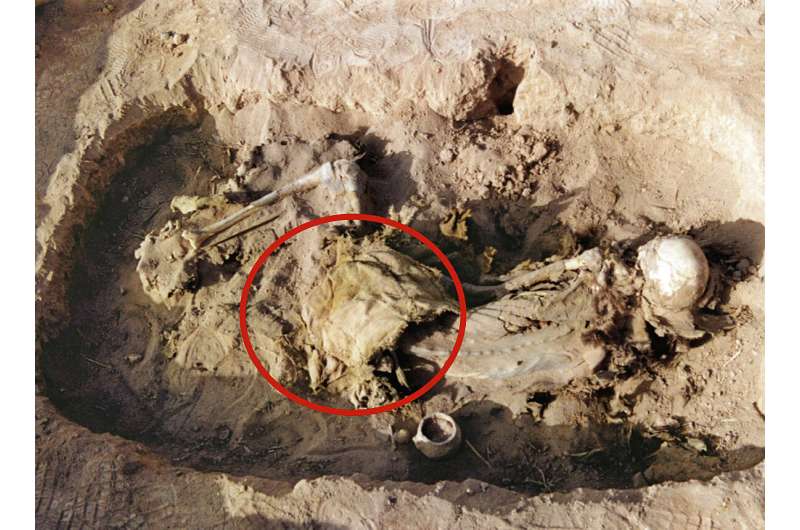
An international team of archaeologists has found what may be the earliest known saddle at a dig site in China. In their paper published in the journal Archaeological Research in Asia, the group describes where the ancient saddle was found, its condition and how it was made.

New research reveals that mushrooms and other fungi can keep themselves cooler than their surroundings. The discovery could tell us more about these organisms’ evolution and how they might respond to continued global warming.

Since what has come to be known as the Great Dimming that took place in the latter half of 2019 and early 2020, the red giant star Betelgeuse just will not stop with the wackiness.
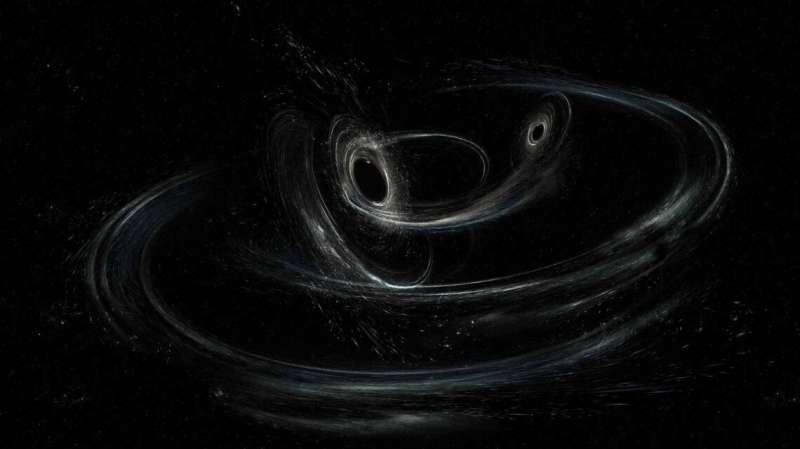
A team of theoretical physicists have discovered a strange structure in space-time that to an outside observer would look exactly like a black hole, but upon closer inspection would be anything but: they would be defects in the very fabric of the universe. Read the paper here.
:format(webp)/cdn.vox-cdn.com/uploads/chorus_image/image/72298106/Final_JessHannigan.0.jpg)
What we lose when psychedelics are medicalized.

Scientists have identified specific patterns of brain network reconfigurations that occur when people take both classical and non-classical psychedelic drugs. Their findings, published in NeuroImage, shed new light on how psychedelics affect the brain and consciousness.
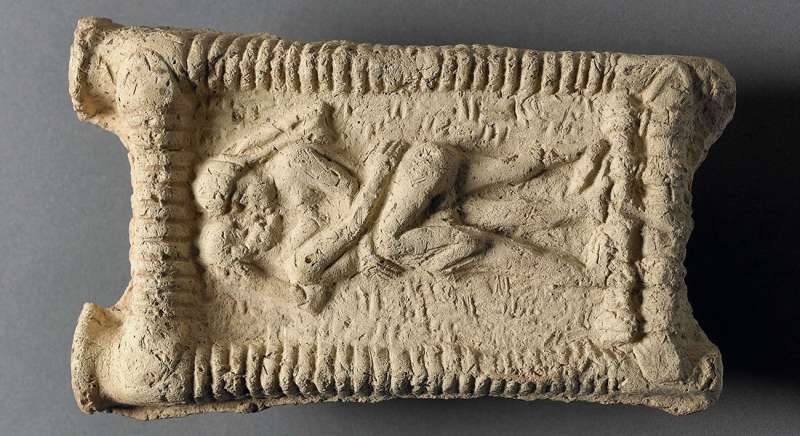
Dr. Sophie Lund Rasmussen, who in a new article in the journal Science, draws on a range of written sources from the earliest Mesopotamian societies, kissing was already a well-established practice 4,500 years ago in the Middle East. And probably much earlier, moving the earliest documentation for kissing back 1,000 years compared to what was previously acknowledged in the scientific community.
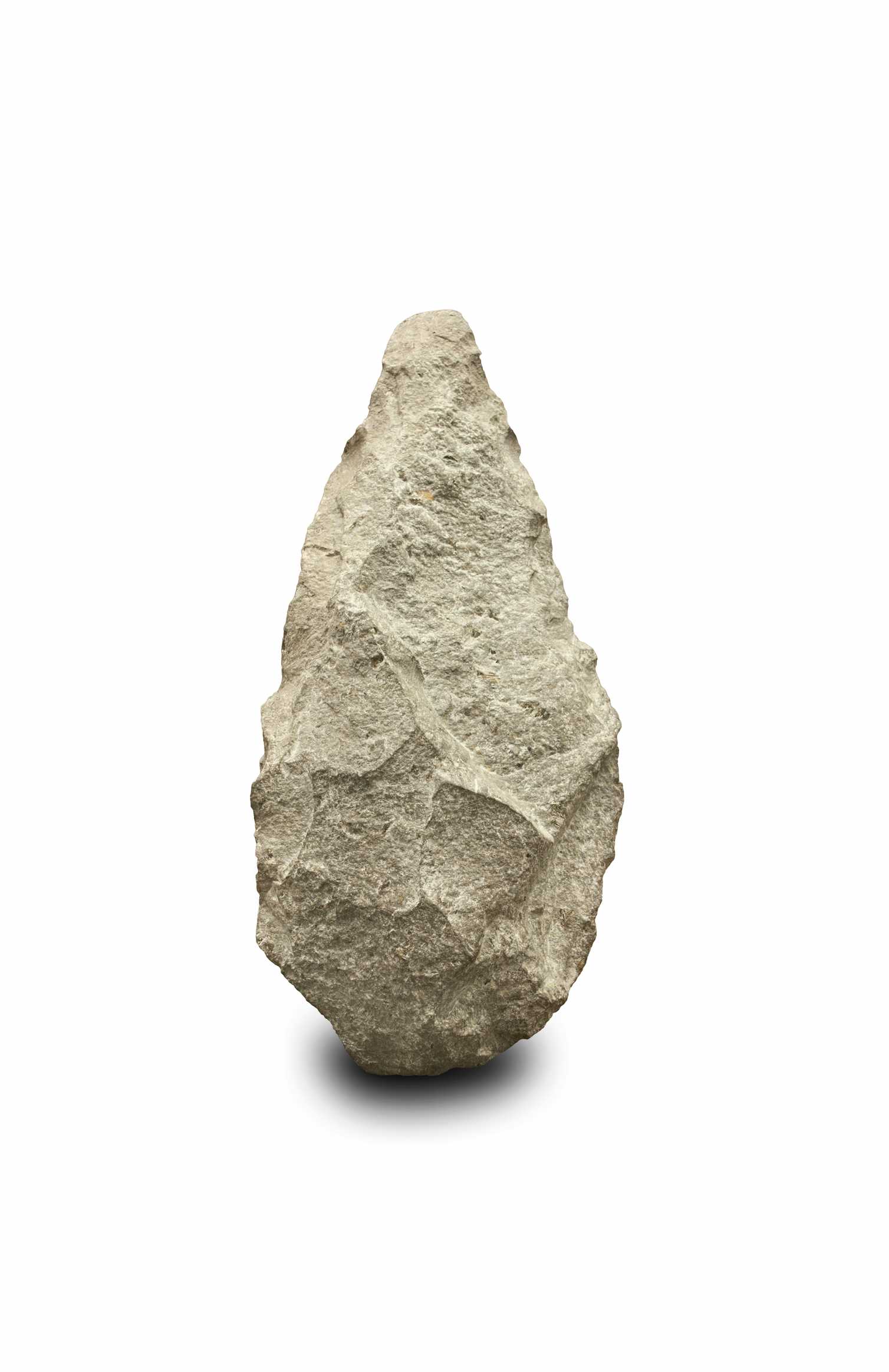
A team has found evidence of the controlled use of fire by direct human ancestors – or hominins – at a site in Spain dating to 250,000 years ago. This pushes the earliest evidence of fire control in Europe back by 50,000 years. The findings have been published in Nature Scientific Reports.
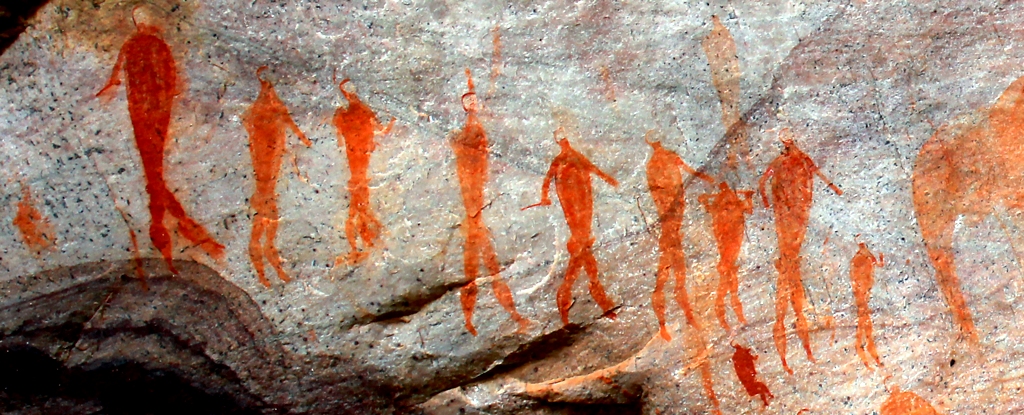
The classic out-of-Africa hypothesis suggests that Homo sapiens evolved from a distinct lineage of early humans that evolved around 150,000 years ago before setting off to spread through Europe and beyond. But there is another story…See the study here.
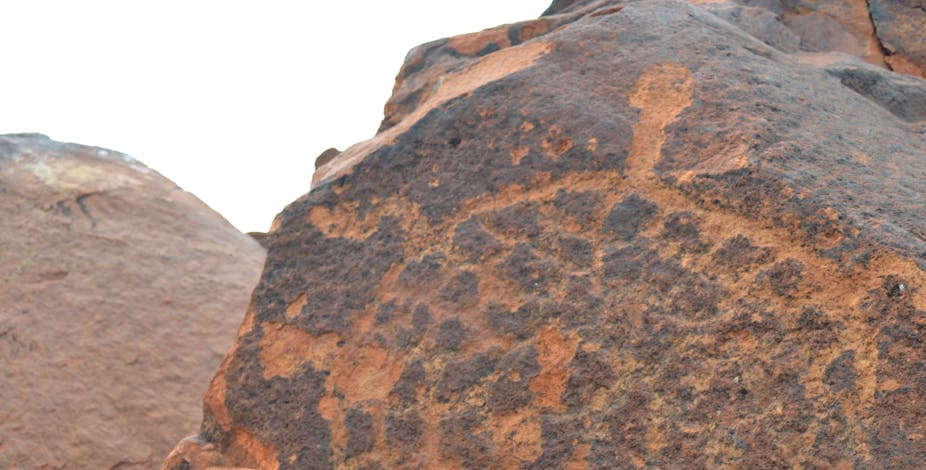
Three rock art panels were this month removed from Murujuga/Burrup in Western Australia to make way for a new A$6.4 billion fertiliser factory. Moving Indigenous rock art anywhere in the world is controversial. In this case, a journalist photographing the removal was stopped by police. Later, her home was raided, and her camera’s memory card temporarily seized.

In a forest clearing of birch and pine trees in what is today central Europe, herds of long-extinct beasts once gathered to drink on the shores of an ancient lake. Now, researchers have confirmed that early human relatives and their children foraged and bathed among them. See the study here.








